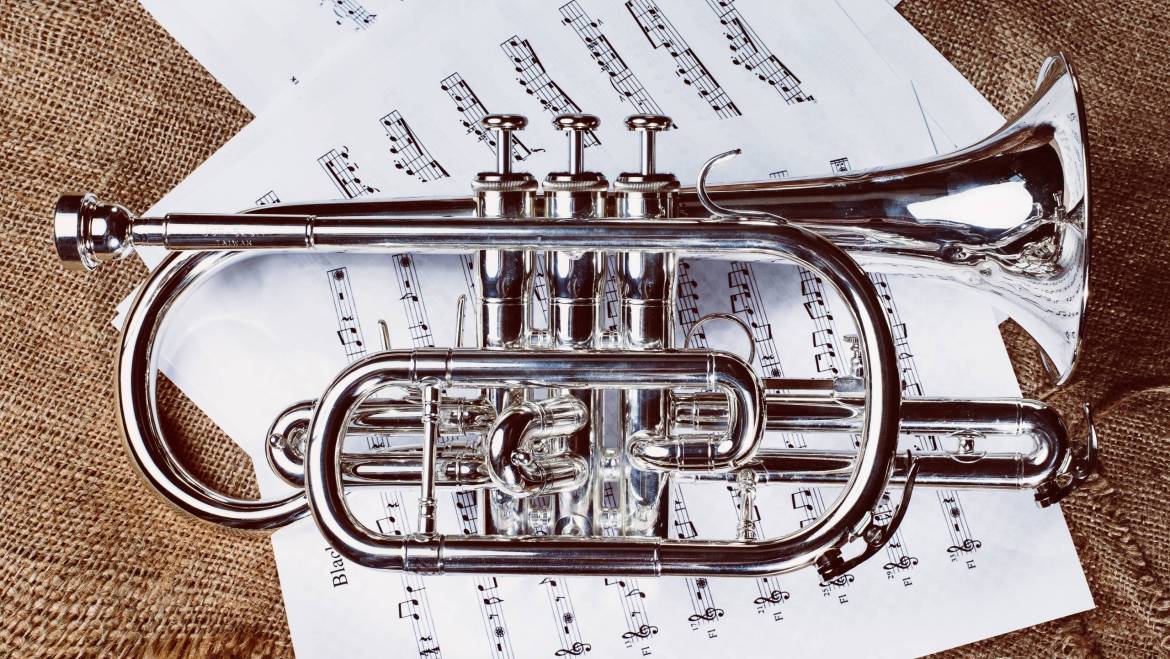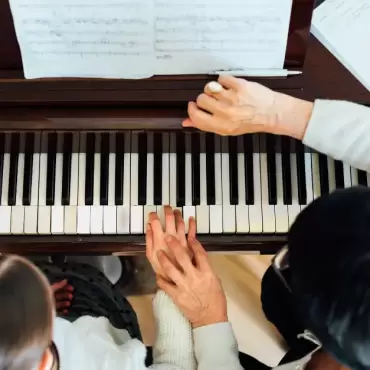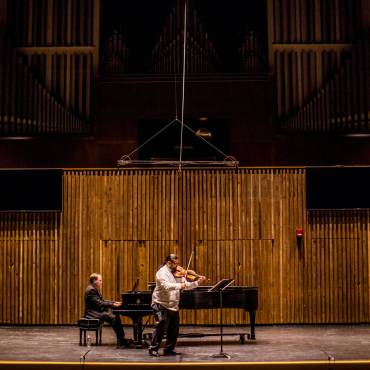At Global House of Music, we believe that exceptional music education comes from a perfect blend of theory and practice. Our approach is centered around integrating music theory with practical lessons to offer students a comprehensive learning experience. This synergy not only deepens their understanding of music but also enhances their performance skills, making their playing more nuanced and expressive.
Why We Integrate Music Theory with Practice
At Global House of Music, we understand that theoretical knowledge provides a crucial framework that supports and enriches practical skills. According to Hallam’s (2010) study published in Music Education Research, including music theory in education significantly enhances students’ analytical abilities and musical interpretation. By integrating theory with practice, we help our students understand the “why” behind the “how” of their playing, fostering a more profound engagement with music.
Key Benefits of Our Integrated Approach:
- Enhanced Understanding of Music Structure: Our curriculum emphasizes key signatures, time signatures, and harmonic progressions, equipping students with the tools needed to decipher and interpret complex musical pieces. This theoretical grounding ensures that students approach their practice with clarity and purpose.
- Improved Performance Skills: We combine theoretical concepts with practical techniques in our lessons, allowing students to apply their knowledge directly to their performance. For example, understanding chord progressions aids in improvisation and composition, while knowledge of time signatures ensures precise rhythm and timing.
- Development of Analytical Skills: At Global House of Music, our students learn to analyze and deconstruct musical elements through music theory. This analytical approach enhances their ability to interpret and convey musical expression effectively.

Key Theoretical Concepts We Teach:
- Key Signatures: By teaching key signatures, we help students grasp the tonal center of a piece. This knowledge is vital for recognizing related scales and chords, crucial for accurate playing and composition.
- Time Signatures: Our lessons on time signatures help students understand the rhythmic structure of music. Learning about different time signatures improves their sense of rhythm and timing, leading to more precise and expressive performances.
- Harmonic Progressions: We focus on harmonic progressions to show how chords interact within a piece. This understanding enhances students’ ability to improvise and compose, allowing them to create harmonious sequences.
Practical Tips for Integrating Theory and Practice at Global House of Music:
- Applying Theoretical Concepts in Repertoire: We incorporate theoretical concepts into the pieces students are learning. Discussing key signatures and chord progressions during practice helps students understand how these elements contribute to the overall structure.
- Encouraging Analysis and Reflection: After practicing a piece, we encourage students to analyze its theoretical components. We discuss how the theoretical concepts they’ve learned apply to their performance and interpretation.
- Incorporating Theory into Warm-ups: Our warm-up exercises are designed to reinforce theoretical concepts. Practicing scales and arpeggios in different keys helps solidify students’ understanding of key signatures and harmonic progressions.
Conclusion
At Global House of Music, integrating music theory with practical lessons is central to our educational philosophy. By blending theoretical knowledge with practical skills, we provide students with a deeper understanding of music, enhancing their performance and fostering a more expressive approach to playing. As highlighted by Hallam (2010), this comprehensive approach not only improves technical abilities but also cultivates analytical and interpretative skills, leading to a richer musical experience.
References:
- Hallam, S. (2010). The role of music theory in music education. Music Education Research, 12(3), 279-292.




Add Comment